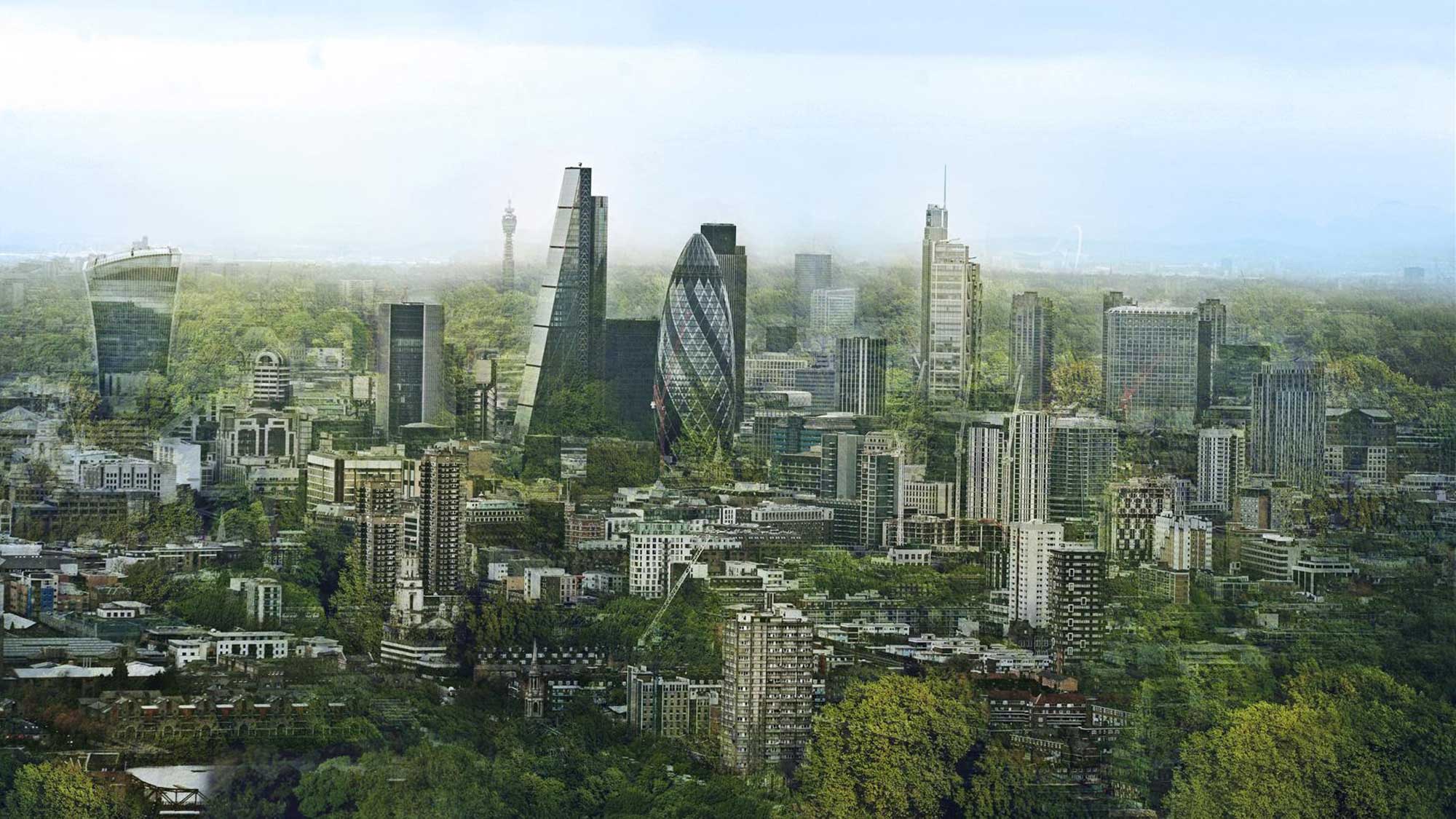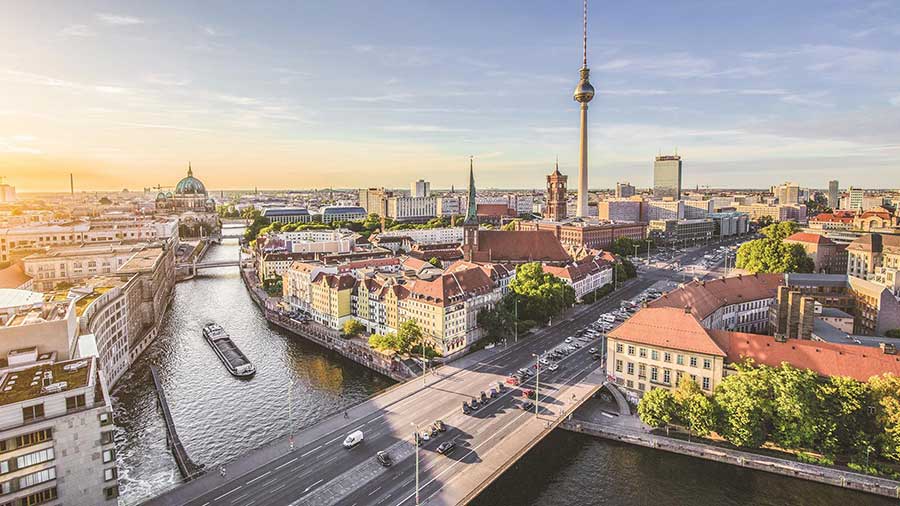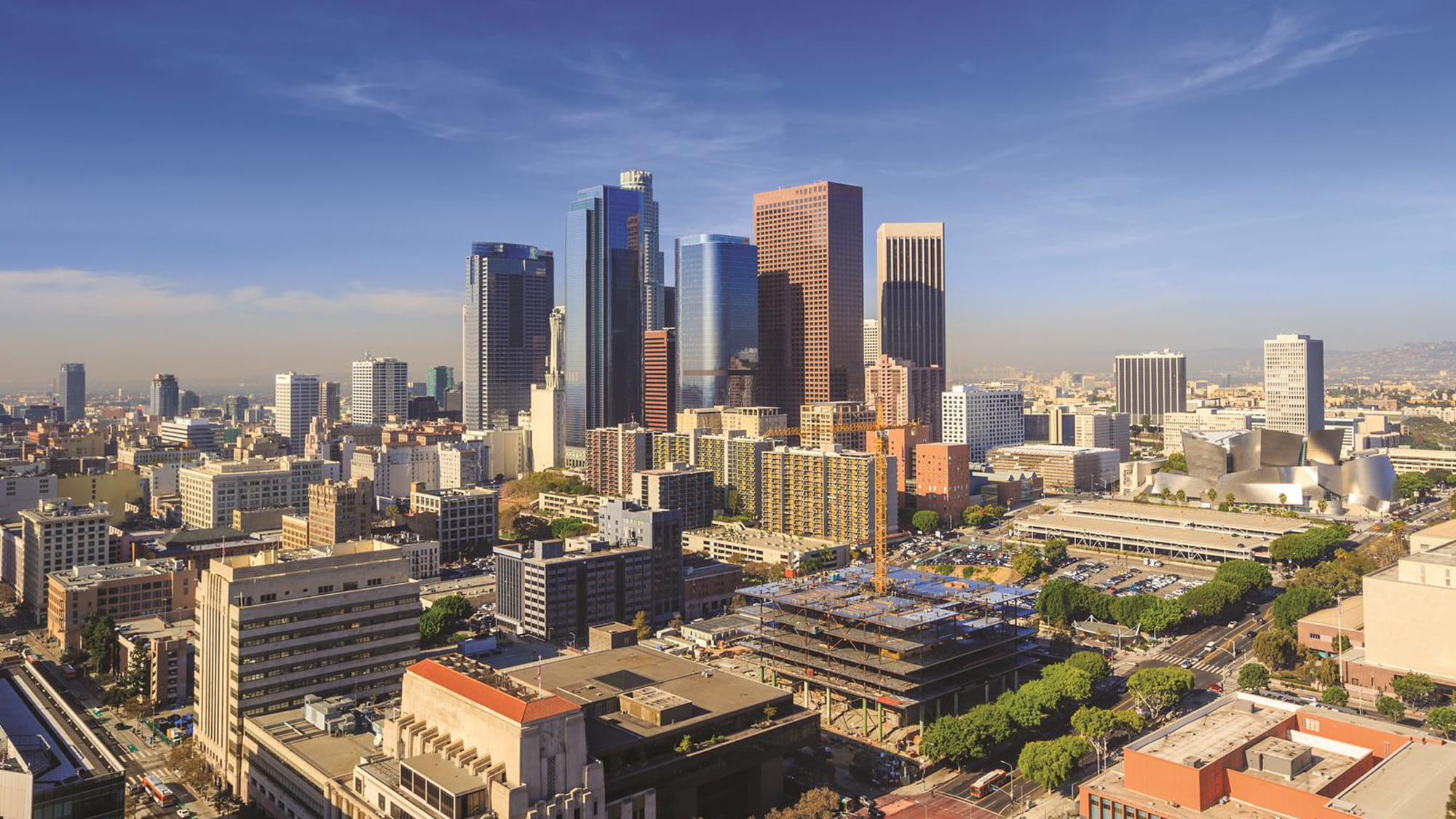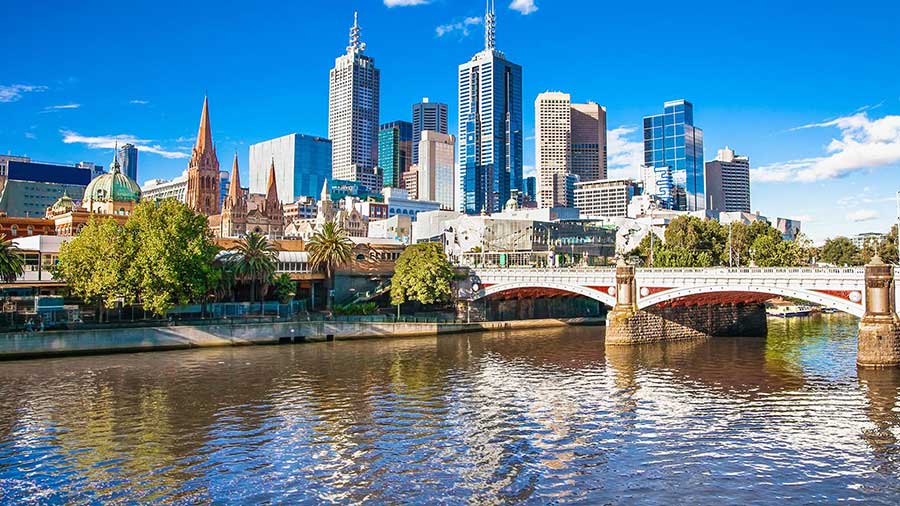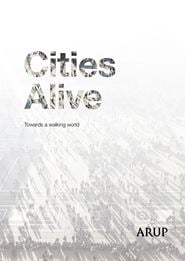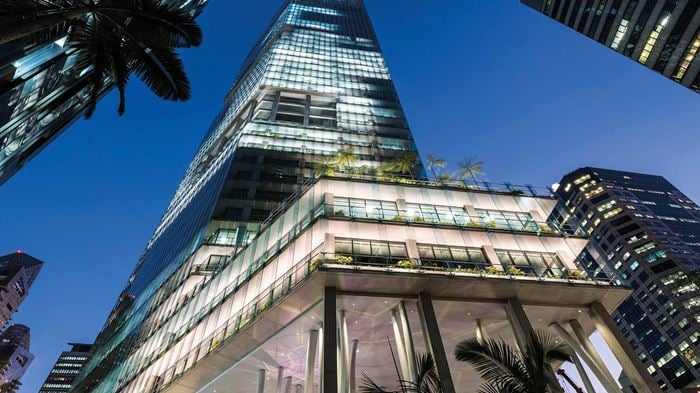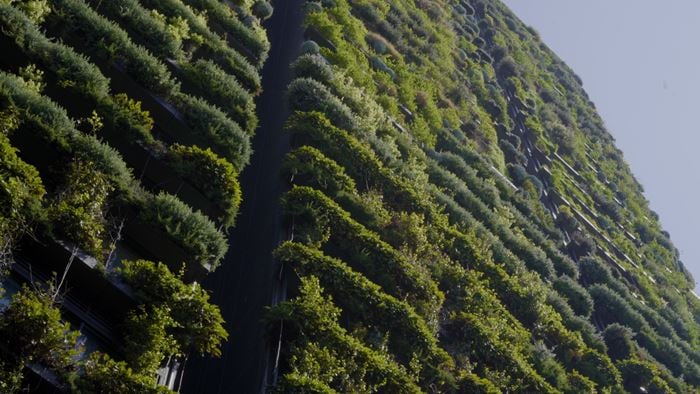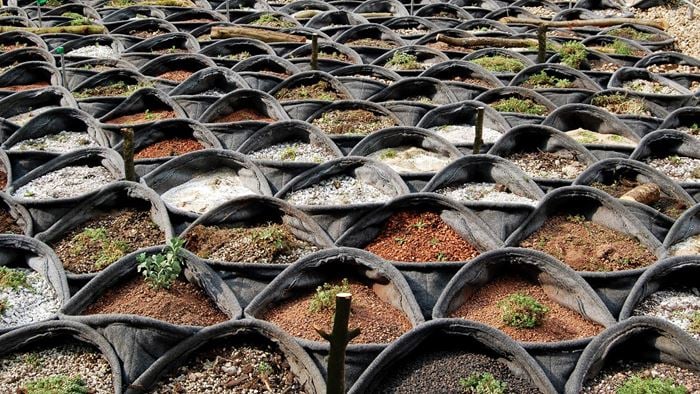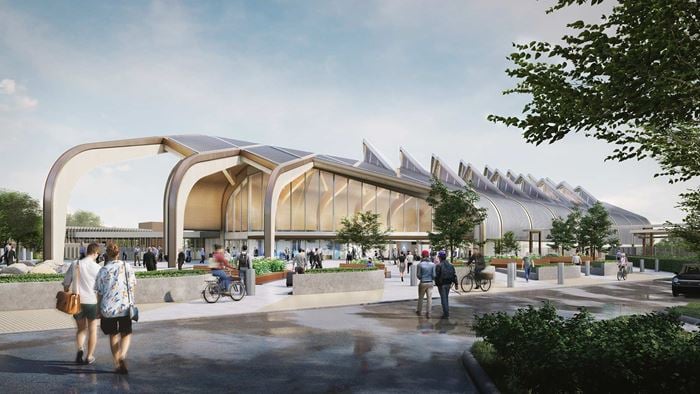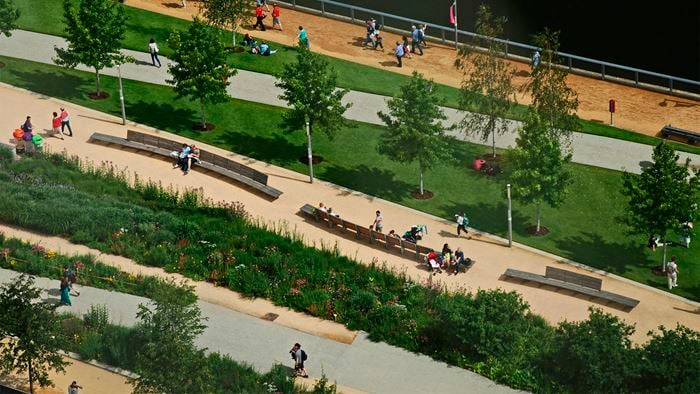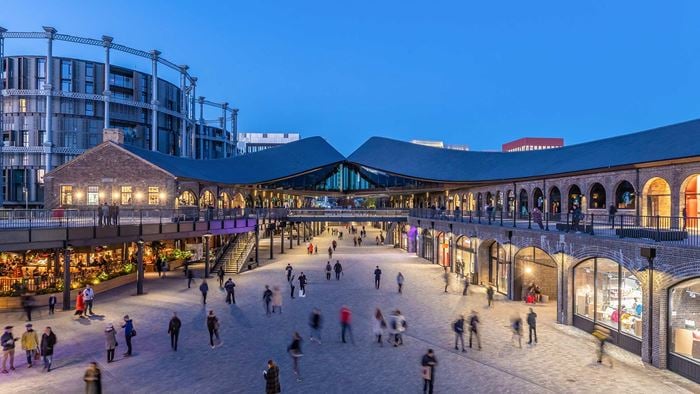Towards a cleaner, greener, and healthier human ecosystem
Over time, the human population has become increasingly urban, with city centres becoming more and more densely populated. In these dense city spaces, there is little room for ‘green infrastructure’ – parks, trees and other green spaces. The impact of this depletion is underestimated, as urbanisation and climate change continue to jeopardise our way of life.
Cities Alive: Green Building Envelope, shows how a collaborative team of Arup specialists from across the world, set out to tackle these issues head on. The report explores the application of green infrastructure to the surfaces of both new and existing inner-city buildings in five major global cities – Berlin, London, Los Angeles, Melbourne and Hong Kong - to create a positive future for inhabitants.
Understanding the strains that modern urbanisation places on our cities and their inhabitants is crucial, and our report looks to explore potential solutions to the wider problem.
“We – as humans – are inherently tied to nature and, more specifically, to vegetation; utilising land for crops, trees for shade and oxygen to breathe. ”
Josef Hargrave Global Foresight Leader
Reducing urban stress
As our ever-expanding cities become more densely compacted, ‘grey’ structures are a source of untapped potential, where ‘green’ spaces can make cities more attractive and resilient, as vegetation filters fine particles from the air. The effective introduction of green building envelopes can result in local reduction in pollution of around 10-20%.
Capturing renewable energy using wind turbines and bio-reactive façades such as SolarLeaf in Hamburg, can drive sustainability in built-up environments. While, harnessing urban agriculture initiatives like vertical farming, beehives and wildlife corridors, can deliver better air quality. We explore how these initiatives must work in tandem towards this ultimate greener and cleaner goal.
Creating cooler cities
Metropolitan hardscapes, such as concrete and glass, have a huge impact on the ambient temperature of the environment, as solid surfaces radiate rather than absorb heat. This increased heat takes a toll on urban spaces, and can affect water quality, cause heat-related illnesses and cause an increase in mortality rates.
Our report reveals that the quantity and quality of vegetation within a city can reduce temperatures and the Urban Heat Island effect. Retrofitting cityscapes with green infrastructure, such as moss walls and tree façades improves aesthetics, well-being, and the cooling potential of buildings. CapitaGreen in Singapore demonstrates how green building envelopes can reduce solar heat gain and lower surface temperatures.
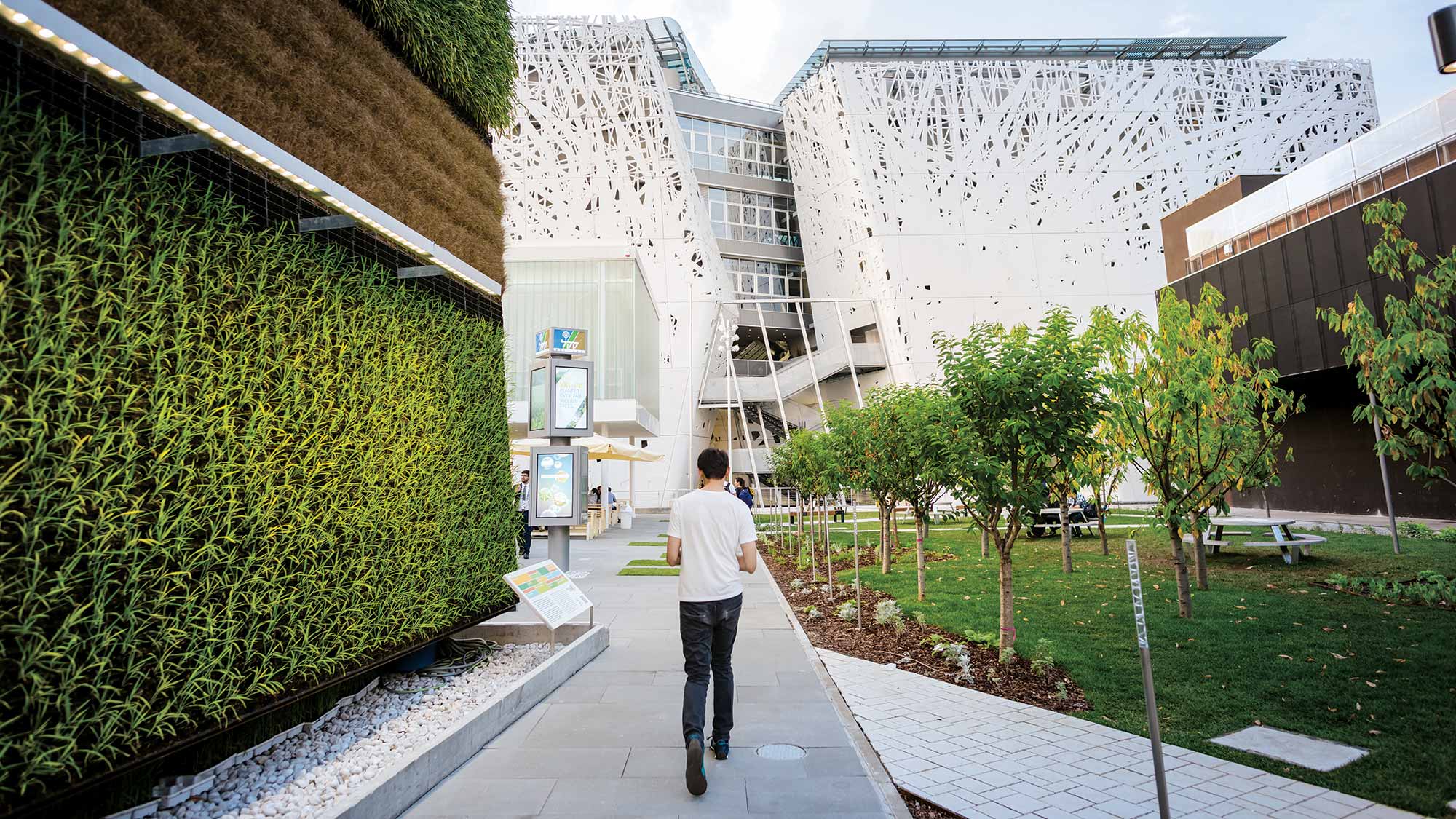 ;
;

